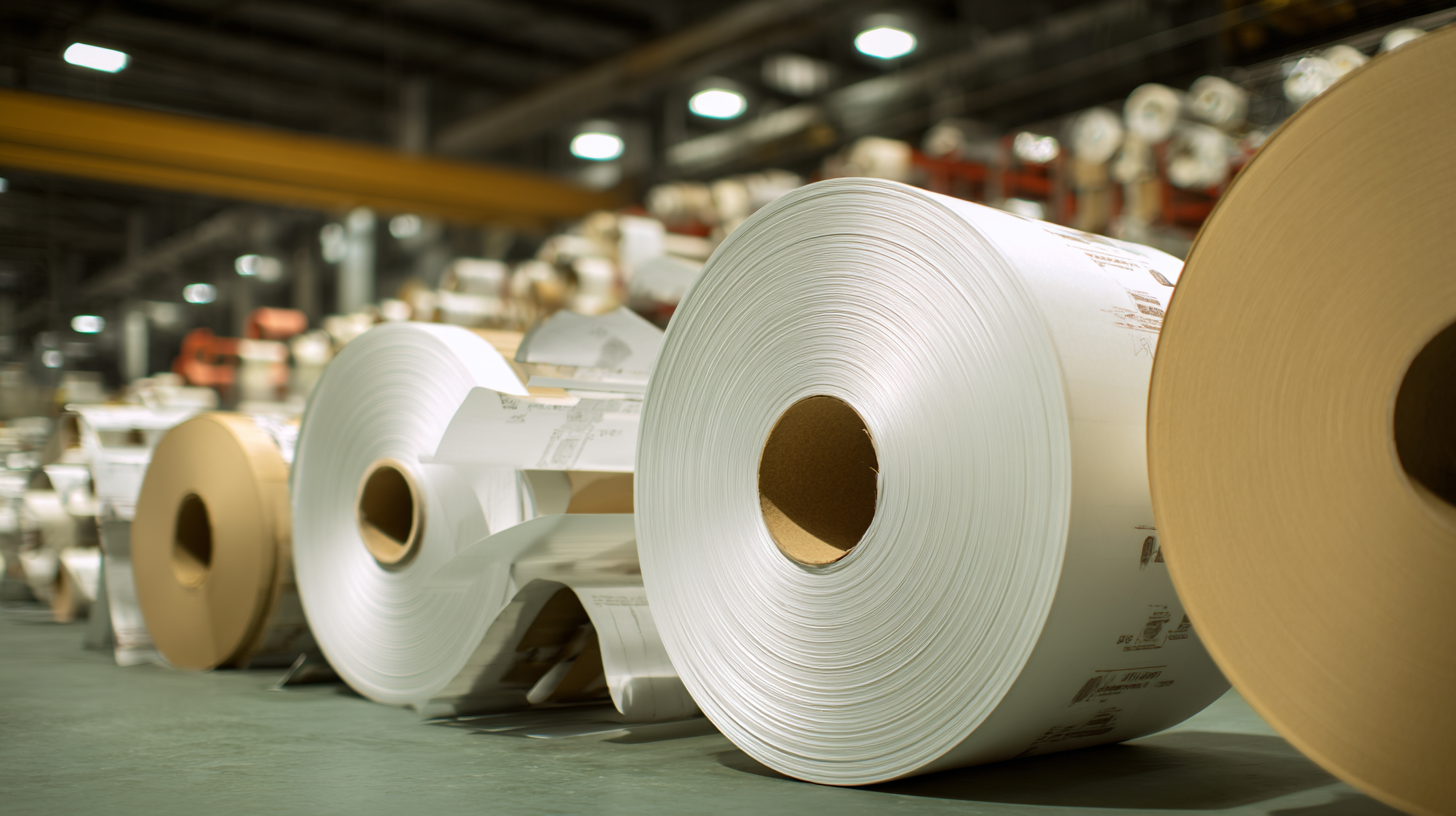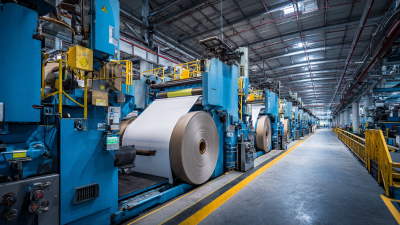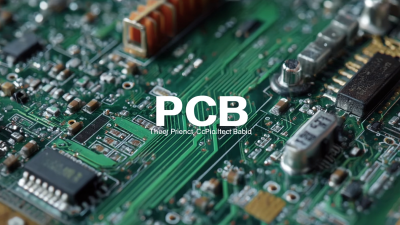Leave Your Message
In today's fast-paced manufacturing environment, optimizing processes is crucial for reducing operational costs and minimizing waste. One area that often goes overlooked is Tape Reel Packaging, which plays a vital role in the efficient distribution of electronic components. By streamlining packaging processes and implementing innovative strategies, companies can achieve significant improvements in efficiency and sustainability. This article presents five expert tips designed to enhance Tape Reel Packaging practices, aiming to reduce waste by 20 percent. Each tip is grounded in best practices that leverage modern technology and industry insights, ensuring that businesses not only meet but exceed their packaging goals. If you're looking to enhance your packaging operations while contributing to a more sustainable future, these strategies will provide you with a roadmap to success.
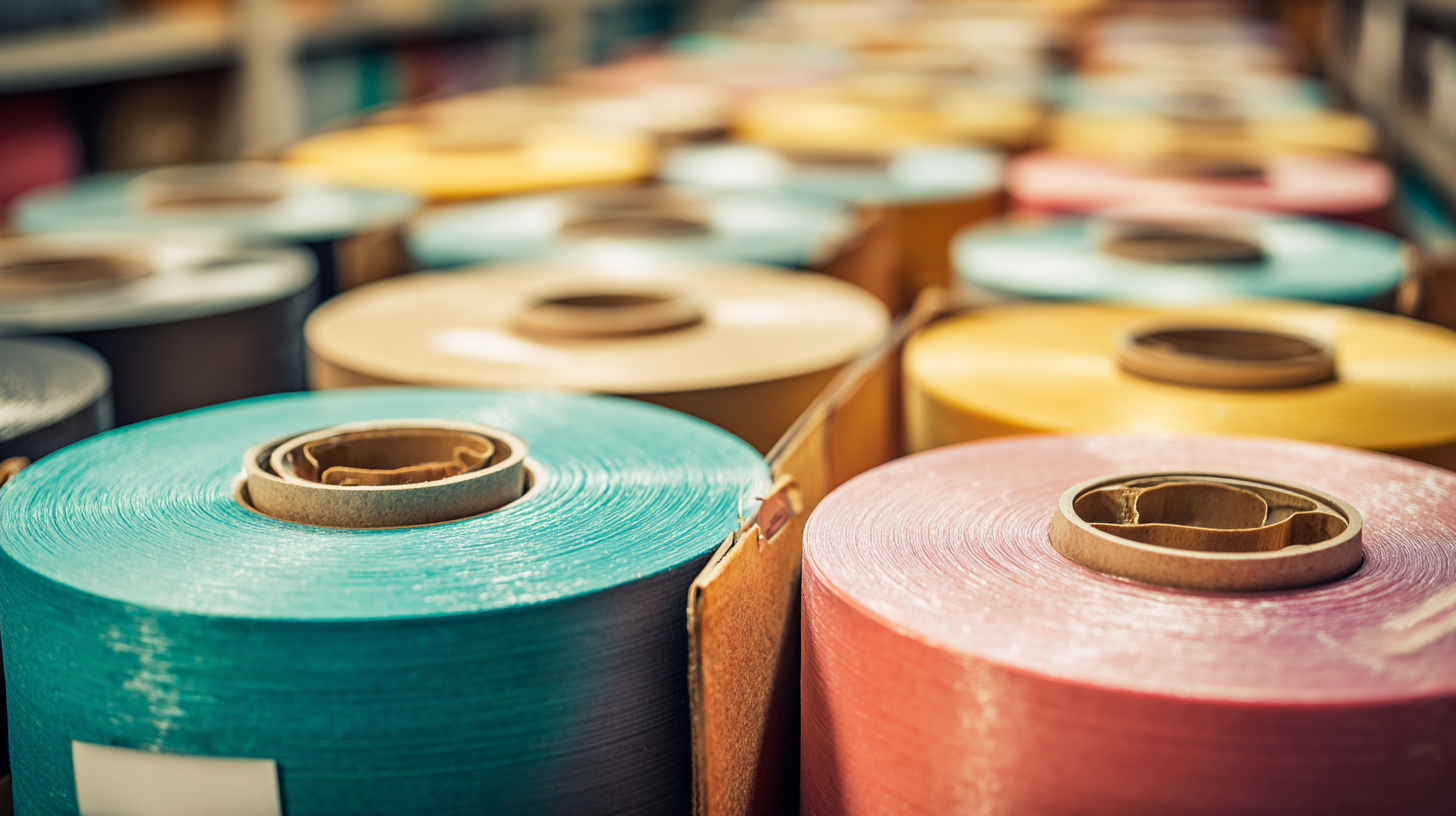
To enhance tape reel packaging efficiency, it is crucial to establish key metrics that can accurately assess performance. One effective approach is to implement advanced object detection technologies, such as the optimized YOLOv5 model. This model is designed to enhance the identification of packaging anomalies by analyzing X-ray images of reel packages containing semiconductor components. By detecting defects early in the packaging process, manufacturers can significantly reduce waste, leading to a more sustainable operation.
Additionally, tracking metrics such as cycle time, error rates, and packaging material usage is essential for understanding the efficiency of tape reel operations. By integrating object detection insights with these metrics, companies can pinpoint inefficiencies and make data-driven decisions that improve workflows and reduce unnecessary expenditures. This holistic approach not only contributes to waste reduction but also enhances overall product quality and reliability, promoting a more efficient packaging process that meets industry demands.
Standardized procedures are crucial for achieving consistency in tape reel packaging, offering myriad advantages that contribute to efficiency and waste reduction. According to a report by the Packaging Association, companies that implement standardized packaging processes can increase operational efficiency by nearly 30%, significantly enhancing productivity while minimizing errors. By establishing clear guidelines and training staff on best practices, organizations can ensure that each packaging cycle adheres to the same high standards, leading to reduced variability and a more streamlined workflow.
Additionally, optimizing packaging materials is essential in promoting sustainability and cutting waste. Research from the Sustainable Packaging Coalition reveals that effective standardization can reduce packaging material costs by up to 24%. By using uniform packaging sizes and materials, companies can better manage their resources, resulting in less excess material on hand and a reduced likelihood of overproduction. This strategic approach not only contributes to a decrease in waste but also fosters a culture of continuous improvement, ensuring that businesses remain competitive while adhering to environmental standards.
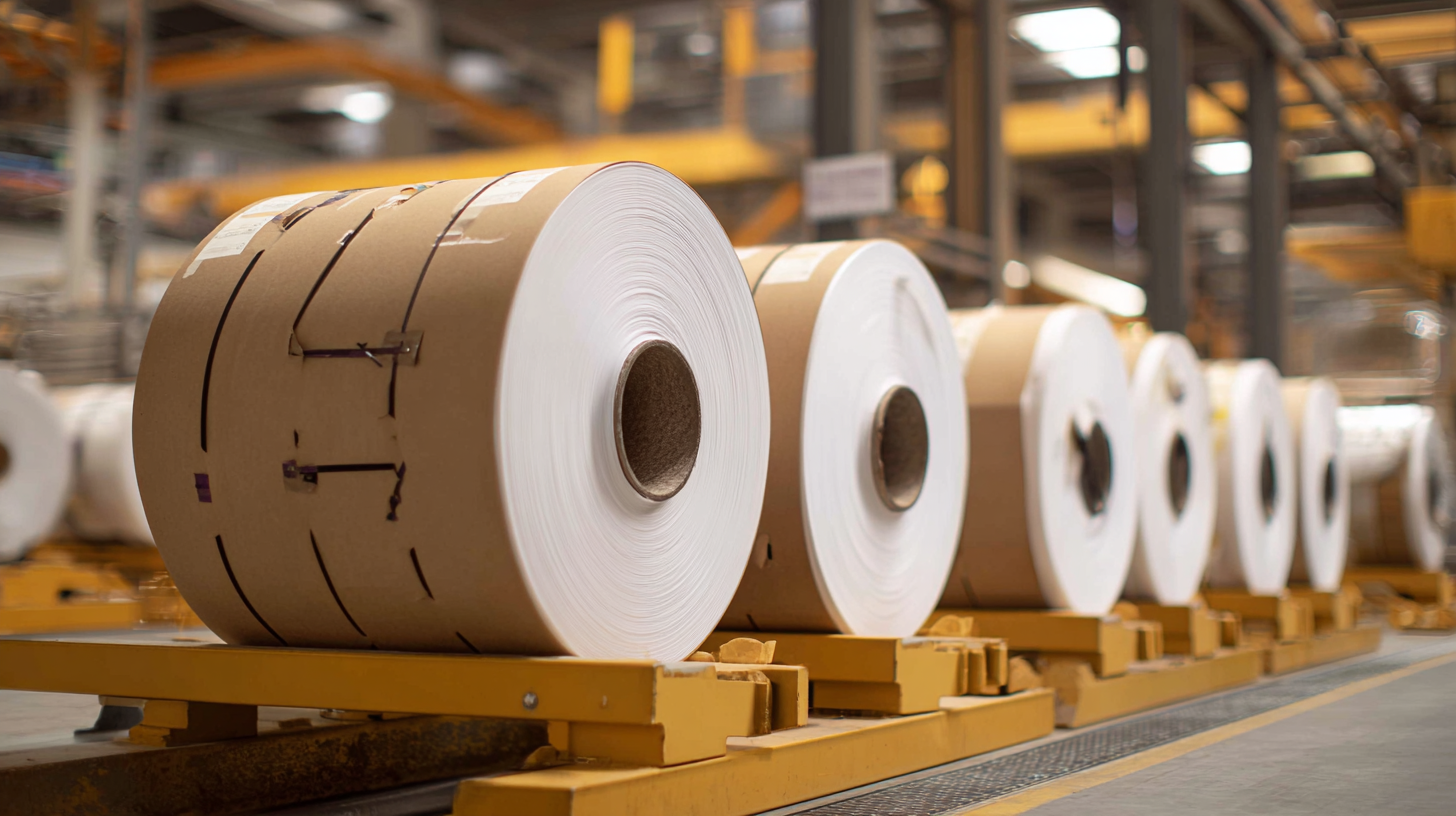
In recent years, the packaging industry has witnessed a growing emphasis on sustainability, with eco-friendly materials playing a pivotal role in reducing environmental impact. According to a recent study by Smithers Pira, the global market for sustainable packaging is expected to reach $500 billion by 2025, reflecting a significant shift towards greener practices. By utilizing biodegradable and recyclable materials for tape reel packaging, companies can not only decrease waste but also align themselves with consumer demands for more sustainable products.
Furthermore, switching to eco-friendly packaging can lead to tangible financial benefits. A report from the Packaging Association indicates that 73% of consumers are willing to pay more for products with environmentally friendly packaging, which can enhance brand loyalty and customer satisfaction. Implementing materials such as recycled paper and compostable films can effectively minimize environmental degradation while maintaining packaging efficiency. Companies that adopt these strategies could potentially reduce their overall waste by 20%, achieving both operational efficiency and a smaller carbon footprint in the process.
| Tip | Description | Expected Results | Eco-Friendly Materials |
|---|---|---|---|
| 1. Use Lightweight Materials | Switch to lighter tape materials to reduce shipping costs. | Decrease total weight by 15%. | Recycled paper-based tape |
| 2. Optimize Packaging Design | Redesign packaging to minimize unused space. | Reduce material waste by 20%. | Biodegradable packing peanuts |
| 3. Implement Bulk Packaging | Package items in larger quantities to reduce excess packaging. | Decrease packaging costs by 10%. | Compostable wrappers |
| 4. Incorporate Automation | Use automated packaging systems for efficiency. | Increase packing speed by 30%. | Eco-friendly sealing machine |
| 5. Educate Staff on Sustainability | Conduct training on eco-friendly practices. | Foster a culture of sustainability in the workplace. | Sustainable office supplies |
The advent of automation technologies
is revolutionizing the packaging industry, particularly in optimizing tape reel packaging efficiency. With the packaging automation market projected to rise to $52.2 billion, businesses are increasingly investing in automated solutions that enhance productivity, reduce waste, and improve accuracy.
This surge in automation is not only focused on efficiency but is also crucial in adhering to stringent regulations across sectors such as food and beverage, pharmaceuticals, and personal care.
Innovations in automated packaging solutions are essential for reducing waste by at least 20 percent, as companies implement smarter systems that integrate protective wrapping and automated processes.
For instance, advanced technologies like AI and the Industrial Internet of Things are reshaping how companies approach packaging by enhancing automation capabilities, ensuring better quality control, and reinforcing food safety practices. As organizations embrace these technologies, they position themselves not only to meet growing consumer demands but also to contribute to sustainability efforts within their operations—ultimately leading to a more efficient and eco-friendly packaging ecosystem.
Conducting regular audits of tape reel packaging processes is essential for identifying opportunities to reduce waste and enhance efficiency. According to a report by the Packaging Machinery Manufacturers Institute, businesses that implement systematic audits can achieve a waste reduction of up to 20%. This not only optimizes resources but also contributes to a more sustainable operation, aligning with the industry's growing focus on environmentally friendly practices.
During these audits, companies should closely analyze every aspect of their packaging workflows, from material usage to labeling accuracy. A study by the American Institute for Packaging and the Environment highlights that nearly 30% of packaging waste comes from excess materials and inefficient designs. By pinpointing specific areas of inefficiency—such as unnecessary overpacking or misaligned printing—organizations can make informed decisions about redesigning their packaging strategies, ultimately leading to significant cost savings and an enhanced bottom line. Regular audits are not merely a compliance exercise; they serve as a proactive measure to foster innovation and continuous improvement in packaging efficiency.
